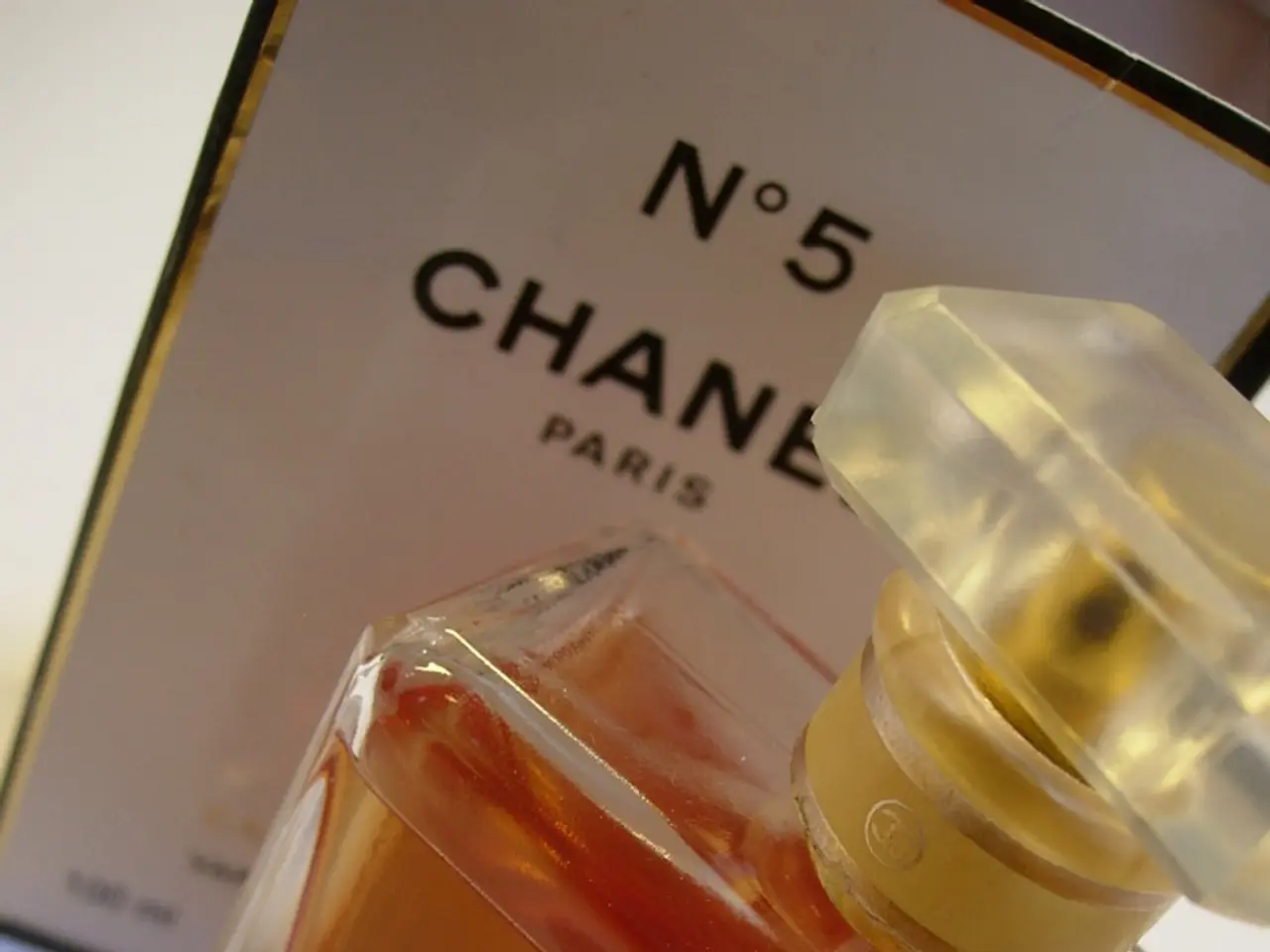Creating Chemical-Free Perfumes at Home: DIY Oil-Based Scents
Oil perfumes have gained popularity in recent years, particularly in Eastern countries, due to their long-lasting effects and unique aroma profiles. These perfumes are preferred by those who want to emphasize their individuality and express their personal preferences.
The process of creating an oil perfume can be seen as a work of art, as the aroma unfolds gradually and uniquely on each person's skin. To make a personal oil perfume with a unique aroma profile and long-lasting effect, follow these simple steps.
1. Define your fragrance mood
Before you begin, it's essential to define your fragrance mood. Are you looking for a light, floral scent, or perhaps a deep, woody aroma? This will help guide your selection of essential or fragrance oils.
2. Choose your oils
Choose 3-5 oils that represent top, middle (heart), and base notes. Top notes are typically light and refreshing, such as citrus or mint, while middle notes offer a more floral or herbal aroma. Base notes are often resins, woods, or spices, which deepen the scent and prolong wear.
3. Measure and blend
Measure and blend your chosen oils precisely into 10-30 ml of carrier oil, such as jojoba or fractionated coconut oil. Start simple by selecting oils within the same scent family (e.g., floral, woody, citrus) and adjust ratios to balance the notes. Use precise measurements (by grams if possible) to ensure consistency.
4. Store and age
Store the blend in a sterilized amber glass bottle and let it age a few days to a week for the scent to mature and stabilize, enhancing longevity.
5. Test and adjust (optional)
Optionally test your oil perfume on scent strips and adjust ratios before finalizing the blend.
Choosing essential oils offers natural complexity and aromatherapy benefits, while fragrance oils (synthetic blends) can provide a wider variety of unique or hard-to-find scents and often longer-lasting aromas.
Example Blend
- Top: Bergamot essential oil (5 drops)
- Middle: Lavender (5 drops)
- Base: Vanilla absolute or fragrance oil (5 drops)
- Carrier: Jojoba oil (15-30 ml)
Mix and let mature for several days to improve longevity.
Safety Considerations
Working with essential oils requires adherence to basic safety rules. Do not apply oil perfumes more than twice a day to avoid potential allergic reactions or irritation.
To create an oil perfume, you will need essential oils, base oil, a dark glass bottle for storage, rollerball bottles, plastic pipettes, and a notebook to record your recipe.
When using a pipette, consider a 2:1:3 ratio (2 - middle notes, 1 - top, 3 - base) for a well-balanced scent.
Enjoy the process of creating your own personal oil perfume and expressing your unique aroma profile!
The process of creating an oil perfume not only allows for the creation of a unique aroma profile but also extends to other aspects of one's lifestyle, such as fashion-and-beauty, as the personalized fragrance can complement one's wardrobe and personal appearance. Furthermore, oil perfumes can add a touch of elegance to the home-and-garden experience, as their aroma can be enjoyed in various settings, such as on a coffee table or in a bathroom.




